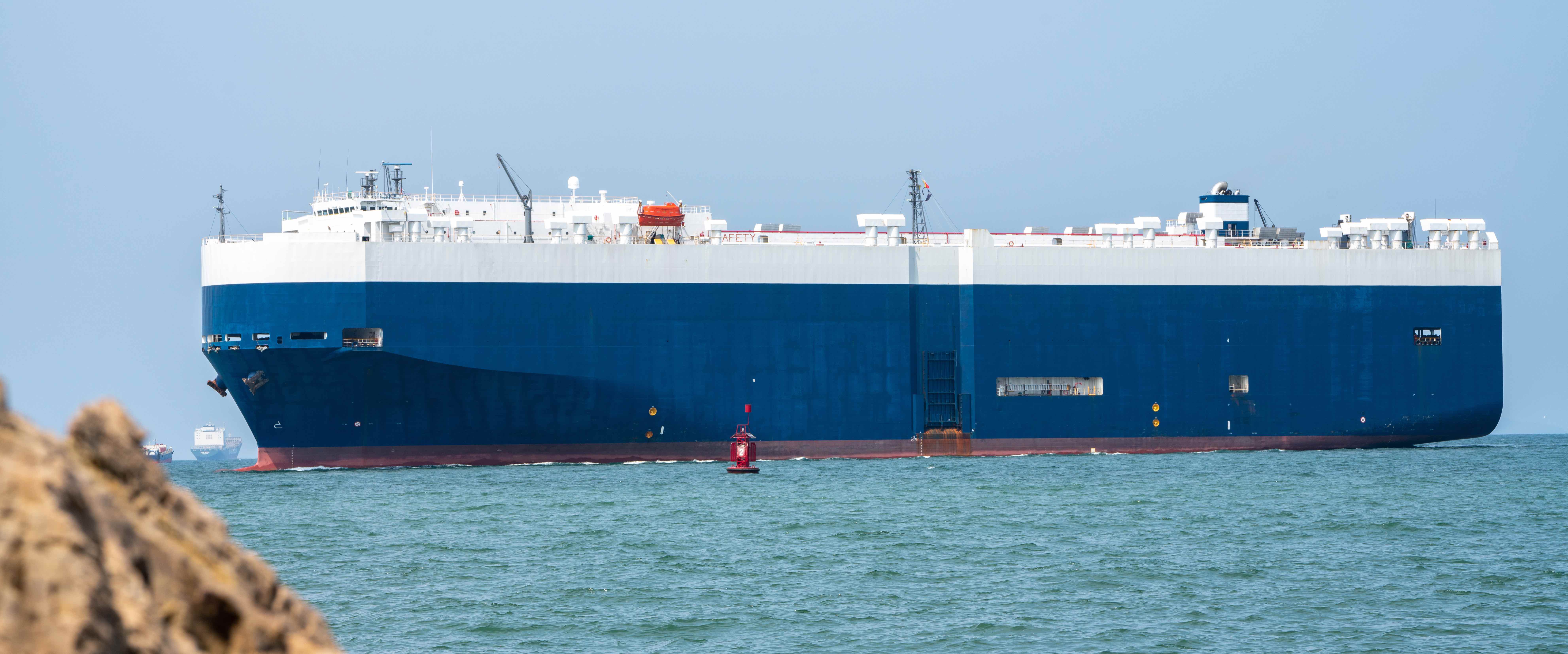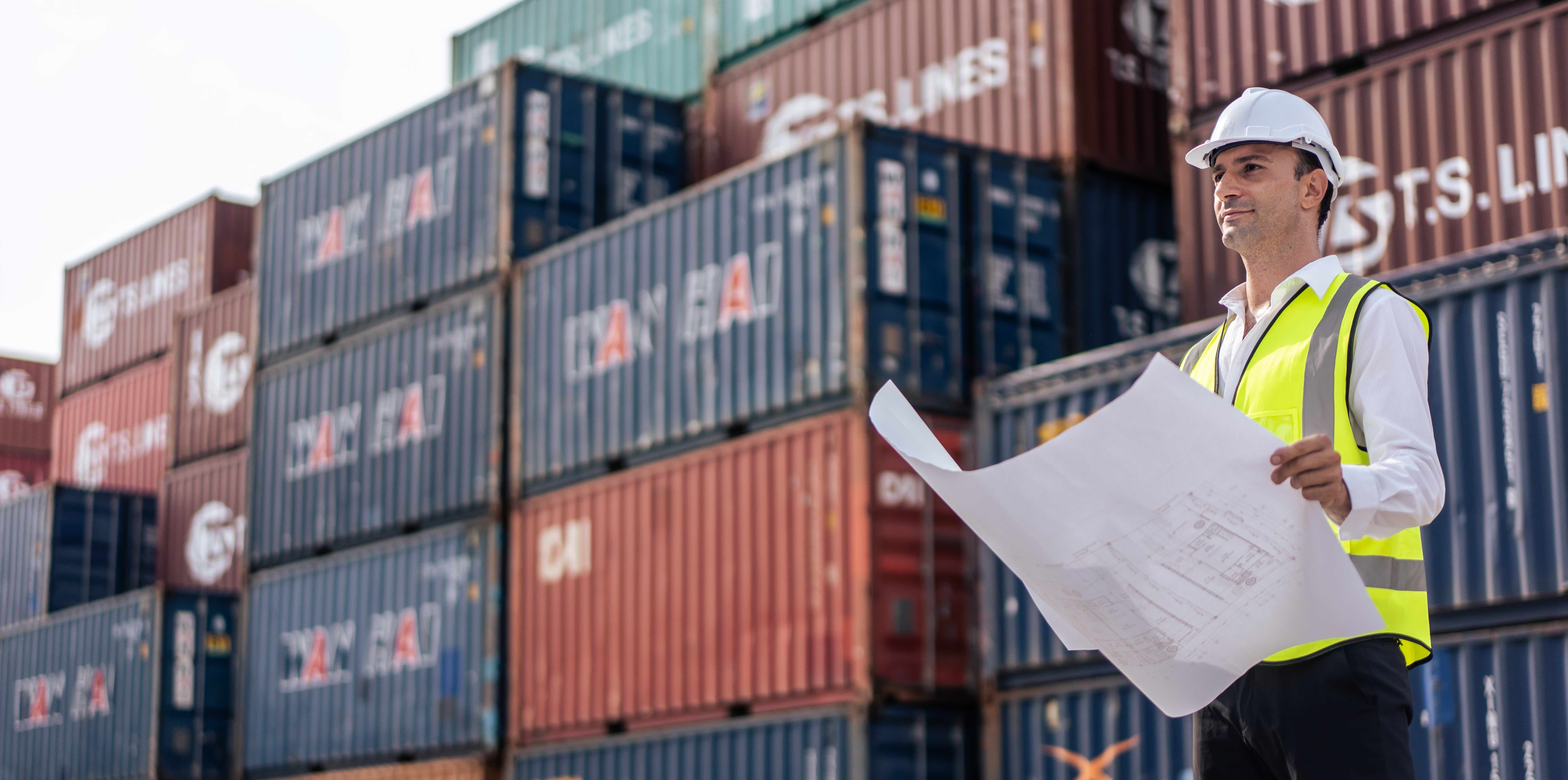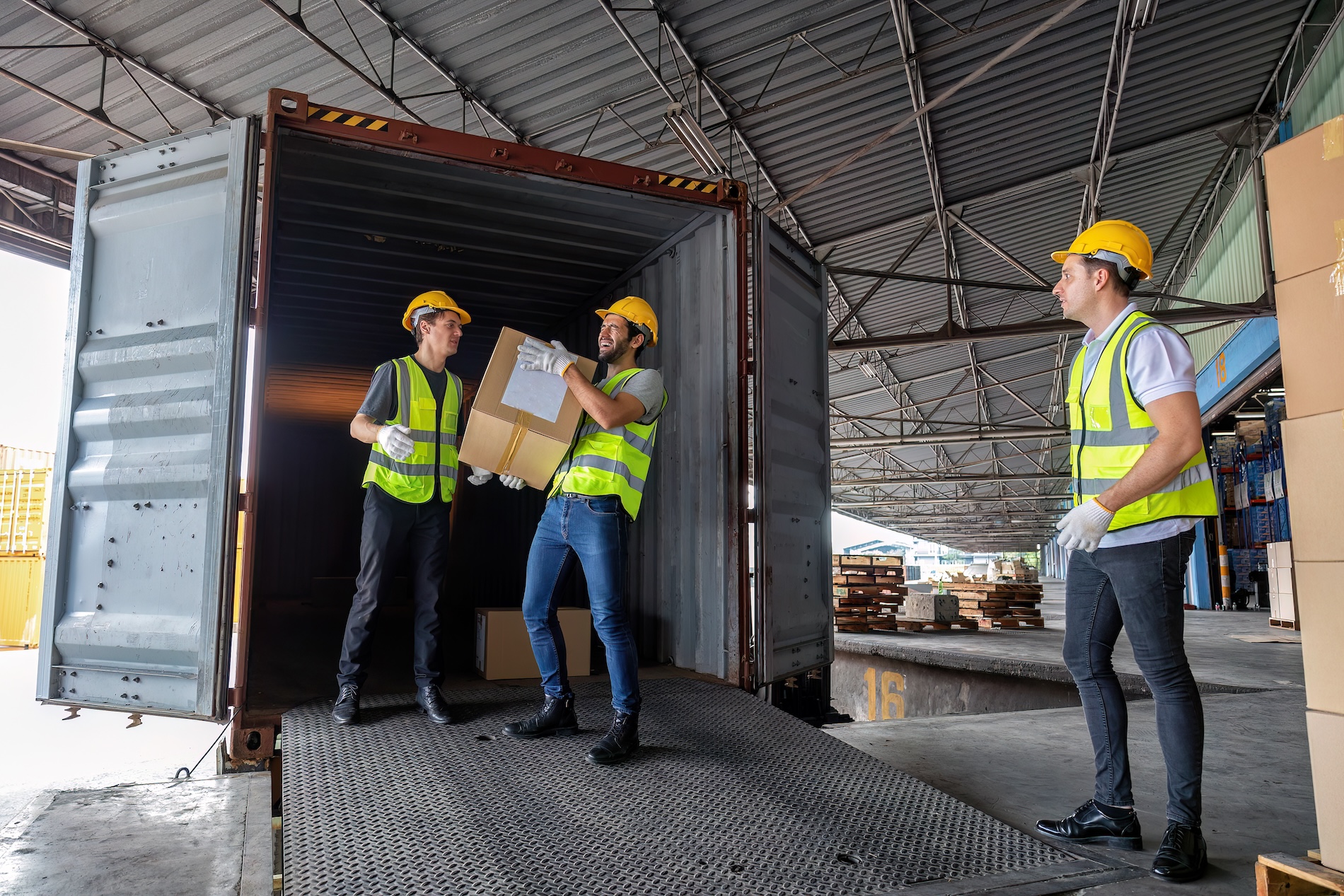Maritime Shipping: The Green Giant of Global Trade (Yes, Really)

When we talk about environmentally friendly transport, cargo ships probably aren't the first thing that comes to mind. They're massive. They run on fuel. And they crisscross the globe nonstop. But here’s the surprising truth: maritime shipping is actually one of the most environmentally efficient ways to move goods—especially when it comes to bulk cargo.
Let’s unpack that.
The Numbers Don’t Lie: Shipping’s Carbon Advantage
Maritime shipping moves around 90% of global trade—yet it accounts for only about 2–3% of global greenhouse gas (GHG) emissions, according to the International Maritime Organization (IMO). That’s pretty efficient when you consider the scale of what’s being moved.
If you measure emissions per ton of cargo per kilometer traveled, shipping is significantly more efficient than road, rail, or air:
- Ships: ~10–40 grams of CO₂ per ton-km
- Trucks: ~60–150 grams
- Planes: ~500+ grams
In simple terms, a single large container ship can carry the equivalent of thousands of trucks’ worth of goods using a fraction of the fuel.
Why Ships Are So Efficient
A few reasons contribute to shipping’s strong environmental case:
- Scale: The bigger the ship, the more goods it can move at once. This economies-of-scale effect is a game-changer.
- Hydrodynamics: Water offers far less resistance than land-based travel—making it easier (and greener) to move heavy loads.
- Slow steaming: Many carriers now opt to travel slower, which dramatically reduces fuel consumption and emissions.
But Let’s Be Honest—There’s Still Work To Do
While shipping beats other modes of transport on emissions per ton, it’s still a significant global emitter. And it’s facing increasing pressure to clean up its act, especially in areas like:
- Fuel types: Most ships still use heavy fuel oil (HFO), which is carbon-rich and dirty.
- Port emissions: Ships burn fuel even while idle at ports, contributing to local air pollution.
- Aging fleets: Not all vessels are created equal—older ships are less efficient.
Green Shipping Innovations Are Already Underway
Here’s the good news: the industry isn’t standing still. There’s a wave of innovation rolling in:
- Alternative fuels like LNG, methanol, hydrogen, and even wind-assisted propulsion are being tested and adopted.
- Carbon offset programs and stricter regulations from the IMO (like the Carbon Intensity Indicator) are pushing carriers toward greener operations.
- New ship designs are prioritizing fuel efficiency and emissions reductions right from the blueprint stage.
Shipping Green in Practice: What Companies Can Do
If you’re a business moving goods globally, you can make a difference by choosing shipping partners who prioritize sustainability. Look for:
- Carriers who invest in cleaner fleets
- Agencies with expertise in route optimization
- Forwarders who understand the importance of emissions reporting and tracking
Every little bit helps when you’re shipping at scale.
Final Thought: Quietly Green, With a Course Set for Better
Maritime shipping might not make the headlines in the same way electric vehicles or renewable energy do—but it’s already doing more for the planet than most give it credit for. And with growing momentum around green tech and regulation, the industry is on course to get even cleaner.
At the end of the day, if you need to move bulk cargo across oceans, shipping is still your most sustainable bet—and getting greener all the time.
Want to ship smarter and greener?
Talk to us about tailored shipping solutions that prioritize efficiency and sustainability.




